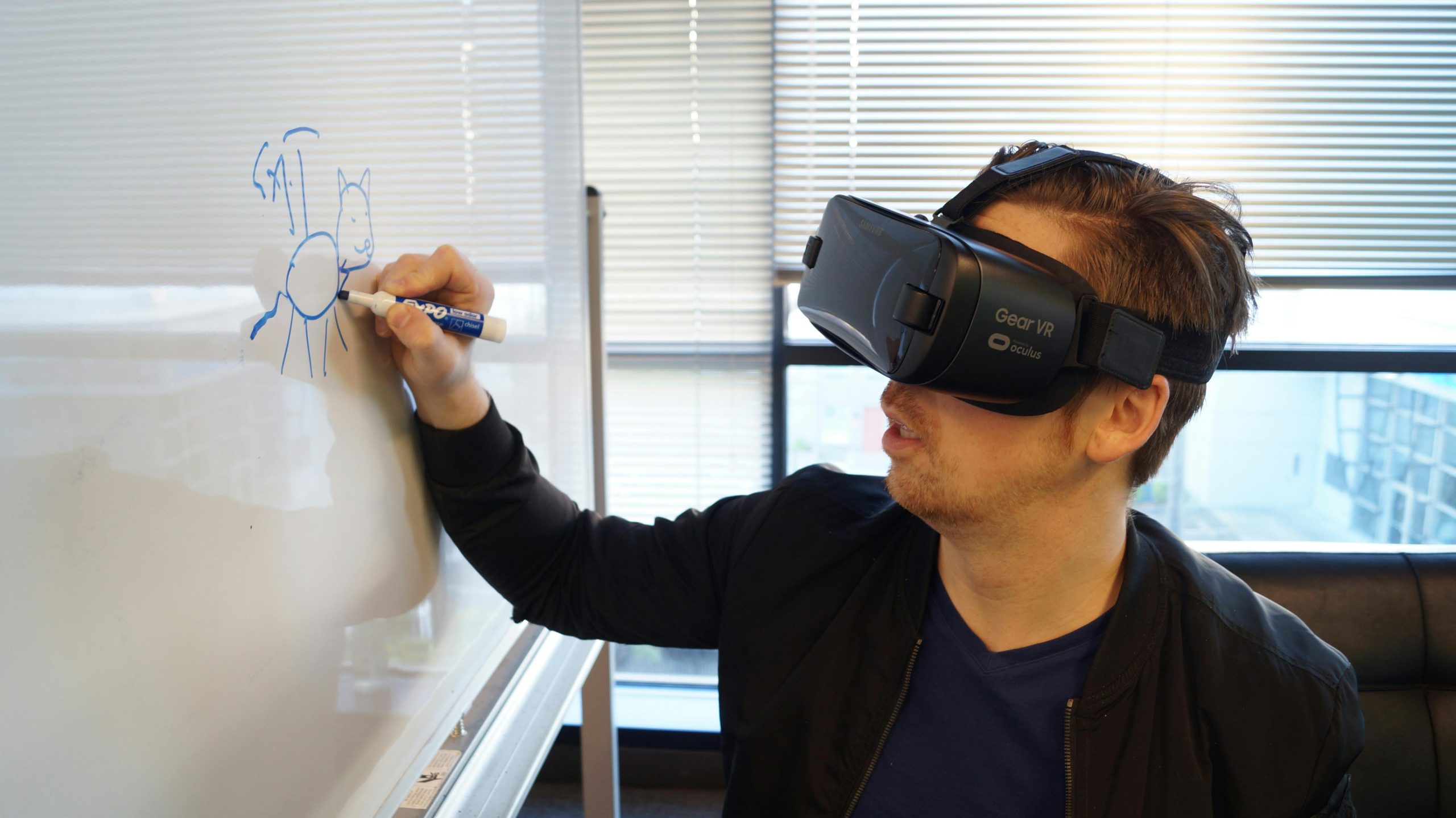Imagine stepping into a classroom where history comes alive, where students can walk through ancient Rome, dissect a virtual frog, or explore the human bloodstream in 3D. This isn’t science fiction—it’s the reality of education in 2024, thanks to the rapid advancements in Virtual Reality (VR). As VR technology becomes more accessible and affordable, it’s transforming the way students learn, making education more immersive, engaging, and effective than ever before. In this article, we’ll explore how VR is revolutionizing education and what the future holds for this groundbreaking technology.
The Rise of Immersive Learning
Traditional education often relies on textbooks, lectures, and static images, which can leave students disengaged. VR changes this by creating fully immersive environments where learners can interact with content in ways that were previously impossible. For example:
- History Lessons: Students can virtually visit historical sites, witnessing events like the signing of the Declaration of Independence or the construction of the Pyramids.
- Science Experiments: VR allows for safe, hands-on exploration of complex concepts, such as chemical reactions or planetary motion, without the need for physical lab equipment.
- Language Learning: Immersive VR environments simulate real-world conversations, helping students practice languages in context.
Studies show that immersive learning can improve retention rates by up to 75%, making VR a powerful tool for educators.
Breaking Down Barriers
One of the most exciting aspects of VR in education is its potential to democratize learning. Geographic and socioeconomic barriers often limit access to quality education, but VR can bridge these gaps. For instance:
- Remote Learning: Students in rural or underserved areas can access the same high-quality resources as those in urban centers.
- Special Needs Education: VR can be tailored to support students with disabilities, offering customizable learning experiences that cater to individual needs.
- Cost-Effective Training: Medical students can practice surgeries, and engineering students can work on virtual prototypes, reducing the need for expensive equipment.
By making education more inclusive, VR is helping to level the playing field for learners worldwide.
The Role of AI and Personalized Learning
VR isn’t operating in isolation—it’s increasingly being paired with Artificial Intelligence (AI) to create personalized learning experiences. AI can analyze a student’s progress in real-time, adjusting the difficulty of tasks or providing targeted feedback. For example:
- Adaptive Learning Paths: AI can identify a student’s strengths and weaknesses, offering customized lessons to address gaps in knowledge.
- Virtual Tutors: AI-powered avatars can guide students through complex topics, answering questions and providing explanations.
- Gamification: By incorporating game-like elements, VR and AI can make learning more engaging, motivating students to achieve their goals.
This combination of VR and AI is paving the way for a future where education is truly tailored to each individual.
Challenges and Considerations
While the potential of VR in education is immense, there are still challenges to address:
- Cost and Accessibility: High-quality VR headsets and software can be expensive, though prices are steadily decreasing.
- Teacher Training: Educators need support to integrate VR effectively into their curricula.
- Health Concerns: Prolonged VR use can cause eye strain or motion sickness, requiring careful implementation.
Despite these hurdles, the benefits of VR in education far outweigh the drawbacks, and ongoing advancements are making it more viable every year.
The Future of VR in Education
Looking ahead, the possibilities for VR in education are limitless. Here’s what we can expect in the coming years:
- Collaborative Classrooms: VR will enable students from around the world to learn together in shared virtual spaces.
- Augmented Reality (AR) Integration: Combining VR with AR will create hybrid learning environments that blend digital and physical worlds.
- Lifelong Learning: VR won’t be limited to K-12 or higher education—it will also play a key role in professional development and adult education.
As technology continues to evolve, VR will become an integral part of the educational landscape, unlocking new opportunities for learners of all ages.
Virtual Reality is no longer a futuristic concept—it’s a transformative force in education today. By making learning immersive, inclusive, and personalized, VR is unlocking the potential of students worldwide. While challenges remain, the rapid pace of innovation ensures that VR will only become more accessible and effective in the years to come. As we look to 2024 and beyond, one thing is clear: the future of education is virtual, and it’s brighter than ever.
